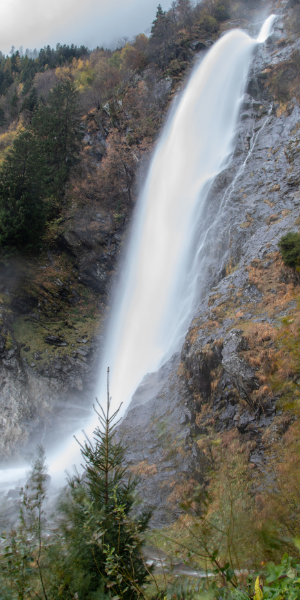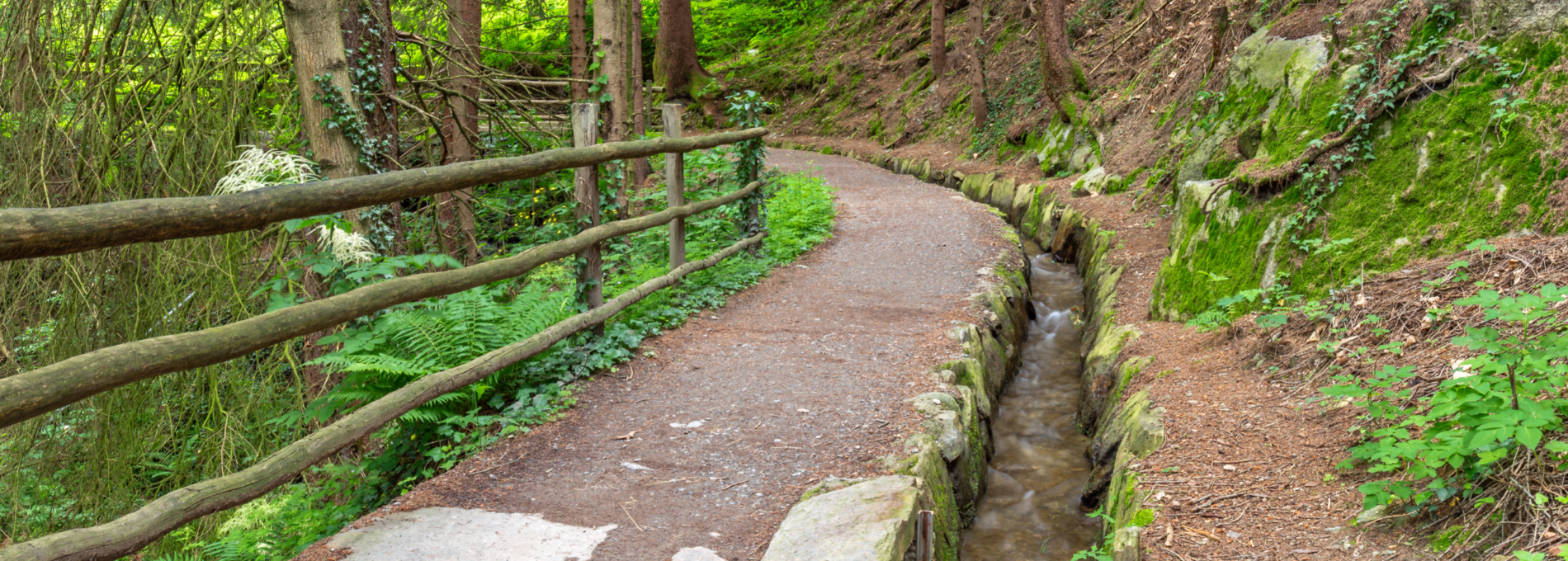We called on you to support us and tell us or write us what your favourite places, best restaurants and tastiest specialities in South Tyrol are. In short: things-you-should-definitely-do-in-South-Tyrol.
We want to publish your answers and also some of our tips here regularly from now on. We use the hashtag #tysddist for this purpose.
Today we start with the Irrigation Canal Trails. On our call, we received a comment on Facebook that said:
“Waalwege! Bspw. Algunder Waalweg, oder von Töll über Marling nach Lana. Oder der Partschinser Waalweg, kombiniert mit dem Partschinser Wasserfall. Tscharser- und Schnalswaalweg mit Besuch von Schloss Juval. […]”
Good, that’s already several really good tips.
First of all, however, we would like to explain what irrigation canal paths are in the first place.
As you know, it doesn’t rain very often or very much in South Tyrol. But in order to irrigate the many cultivated areas, the first irrigation channels for agriculture were dug as early as the 12th century. The so-called Waale.
The irrigation channels often bring the valuable water from the high alpine side valleys over many kilometres to the fields on the sunny slopes and to the dry valley bottoms. They are mostly fed by the glaciers, which serve as natural water reservoirs.
It is not certain whether the term Waale comes from the Latin word Aqualis or the Celtic word Boil. Both stand for artificially constructed irrigation channels, which is what our irrigation channels are.
Along the canals there are canal paths that were built for the maintenance and upkeep of the canals. Today, these are partly beautiful and very popular hiking routes.
The Algund Waal Trail
The Algund waal trail, which runs above the village of the same name in Burggrafenamt, has wonderful vantage points that allow you to look out over the entire Etschtal valley. It runs for 5 km from Ober- and Mitterplars via Algund to Gratsch. For the most part, the path has been preserved in its original state.
The Marlinger Waal Trail
With a length of 12 km, the Marlinger waal trail is the longest waal trail in South Tyrol. It starts in Tel and leads through the villages of Forst, Marlengo, Cermes and Lana. The path runs almost level along the irrigation canal and is ideal for families and children. Between chestnut groves and extensive orchards, the magnificent views of the Merano basin are inspiring. The ideal hiking time for this irrigation channel trail is spring (when the trees are in blossom) and autumn.

The Partschinser Waal Trail
The Partschinser Waal is one of It was built by the counts of Stachelburg in the 15th century and is therefore half a millennium old. It is still used today to irrigate the Partschins orchards and is surrounded by sparse birch groves and rich vegetation.
At the eastern end of the Waal Trail there is a prehistoric dwelling stone and a prehistoric scarf stone (Copper Age). This “Urwaal round” is also highly exciting for those interested in history. It is also worth making a detour to the Partschins waterfall. With a drop of 97 metres, it is considered one of the most beautiful in the entire Alpine region.
The Tschars Waal Trail
One of the most popular irrigation channels in the Vinschgau Valley, the Schnalser Waalweg, runs through Kastelbell-Tschars. With a length of 11 km, the Schnalswaal, which is suitable for families and groups, is one of the longest irrigation channels in South Tyrol, with a difference in altitude of only 370 m. The path leads through Kastelbell-Tschars. Here you can take a short detour to Juval Castle, or continue to the Schlosswirt inn, past a Waaler hut and a Waalschelle (also called Waalhammer) driven by a water wheel. This served to indicate the steady flow of water, because branches and stones could obstruct the flow of water and strong thunderstorms sometimes flooded the Waale.
We can only agree with the Facebook comment and definitely recommend a Waalweg hike during your South Tyrol holiday. The great thing is that the tours are really doable for the whole family.
Let yourself relax to the lapping of the Waale and the sounds of the countryside.
Have fun with it


